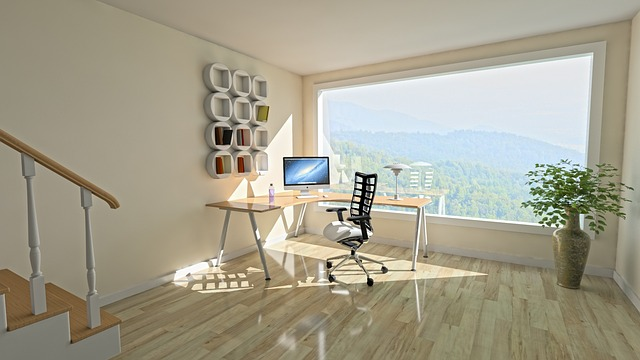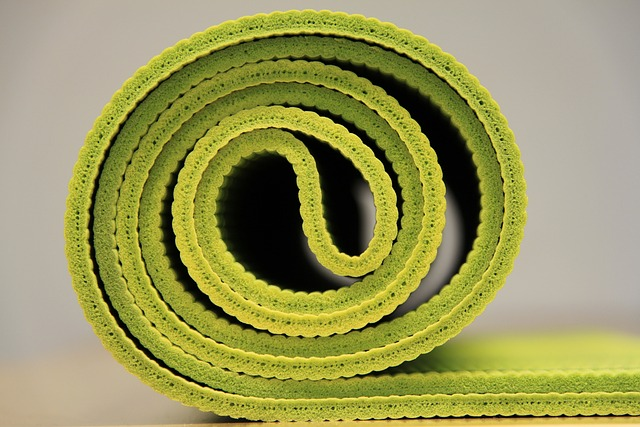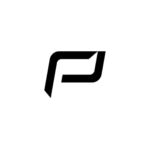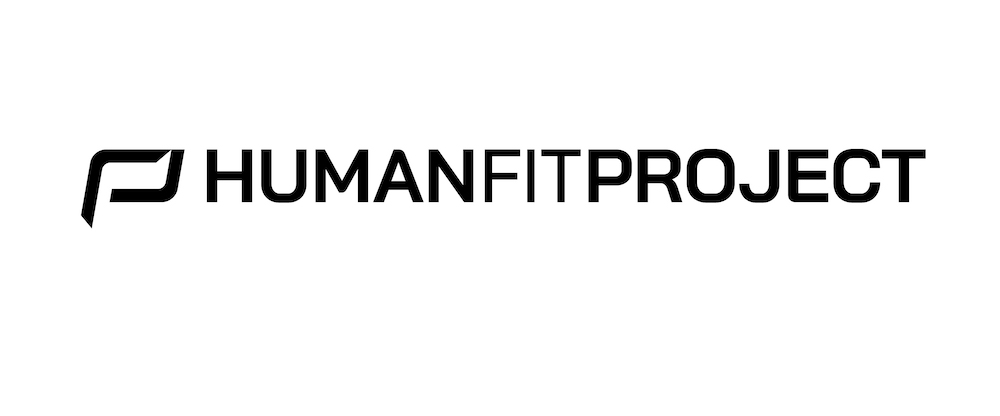Pilates is having a moment right now because it’s a low-impact way to build strength and tone the body with minimum equipment required. You can start a complete full-body fitness routine with Pilates or you can use Pilates as a way to compliment the rest of your other workouts and training.
With the right exercises and a few simple tips, you can transform any space into your personal Pilates studio. Let’s dive into setting up your space, selecting the essential equipment, and performing Pilates exercises that will tone, strengthen, and enhance your overall fitness from home.
If you prefer strength training, you can incorporate a Pilates routine in any of our 35+ free workout plans. Have questions, send us a message on Instagram (@humanfitproject).
Key Takeaways
- Design a comfortable and distraction-free Pilates space at home, ideally naturally-lit, and complete with essential equipment like exercise mats, resistance bands, and Pilates rings for an effective full-body workout.
- Begin with foundational Pilates exercises like The Hundred, Single-Leg Stretch, and Pelvic Curl to build a strong base, then progress to intermediate moves such as the Side Kick Series, Plank Variations, and Teaser for increased challenge.
- Advanced Pilates practitioners can elevate their practice with exercises like the Jackknife, Scissor, and Control Balance, and utilize props like resistance bands, Pilates rings, and foam rollers to further enhance workout intensity and effectiveness.
Creating Your Home Pilates Space

Creating the perfect Pilates space in your own home can help to optimize and enhance your workout routine. To make sure you have everything necessary for a successful practice of Pilates, selecting an appropriate location is key along with setting up a conducive atmosphere filled with all needed equipment.
To do this properly, start by focusing on making it comfortable and functional. Having adequate room for easy movement as well as good concentration are both important aspects. Once these factors are taken into consideration, assembling the right tools will come easily afterwards – giving you great potential towards achieving success.
Location Matters
For an optimal atmosphere, let natural light flow in, this will help you to sustain focus throughout the exercise routine. To fully benefit from your home Pilates experience, it’s best that distractions are limited. Make sure there is not much noise coming into or out of the area where you practice Pilates!
Essential Equipment
In order to get the most out of your Pilates workouts, it’s important to have necessary equipment. A good quality mat for cushioning and support is a must-have item, as well as some resistance bands that add intensity. Having a ring can be very useful when aiming at toning specific muscle groups during exercise sessions. These pieces make exercising more comfortable while providing better results, meaning you reap the maximum benefits from each session.
Related: Our favorite at-home fitness equipment
Beginner-Friendly Pilates Exercises

Let’s shift our focus to the exercises perfect for newcomers who wish to start with a beginners workout. These workouts, like The Hundred, Single-Leg Stretch and Pelvic Curl, will create a strong foundation allowing participants to progress onto more advanced movements. With the right space in place, it is now time to perform these beginner friendly exercise routines.
The Hundred
Pilates exercise ‘The Hundred’ focuses on toning the abdominals and involves breath and muscle control. To start, stretch your legs at a 45-degree angle while raising your arms to begin pumping them rapidly – five pumps per inhalation/exhalation for ten repetitions which totals one hundred arm pumps in all. This kind of workout helps build up lung capacity as well as aiding with strengthening abdominal muscles along with increasing skill in breathing control making it an effective Pilates exercise overall.
Single-Leg Stretch
Beginner exercise routines are incomplete without the Single-Leg Stretch, which tones the abdominal muscles and makes them stronger, while stabilizing your neck and spine. Begin by lying on your back with both legs bent so that shins are parallel to the floor. Then extend one leg out at a 45 degree angle while keeping the the other leg in its original position before switching over, bending what was extended initially and extending whatever is now bent alternately for this intense workout routine. Repeat this movement of alternating between each leg continuously for an effective abs building regimen.
Pelvic Curl
This workout, called the Pelvic Curl, helps to strengthen your lower back muscles, glutes and hamstrings while boosting spinal movement. To start off this exercise you need to lie on a mat with your hips lifted using an engagement of abs as well. Rolling down towards the mat followed by returning to original position is how it works before repeating such motion for feeling that burn in order from which results can be achieved.
Intermediate Pilates Exercises

After grasping the fundamentals, it’s time to step up your training regimen. Intermediate Pilates exercises such as Plank Variations and Teaser will test your core strength, coordination and flexibility. If you are just starting out with pilates classes made for beginners, then go for a program tailored specifically towards beginners first in order to get that strong foundation set.
Side Kick Series
The Side Kick Series is a great exercise designed to correctly align and stabilize your abs, inner thighs, and glutes. You start by lying on one side of the body, then you engage your deep abdominals and pelvic floor muscles while lifting the top leg up until it reaches hip height. Moving this elevated limb from its joint forwards with toes pointing outwards targets these areas.
Plank Variations
An upper body workout incorporating different variations of the plank can increase strength and stability in back muscles, arms, abs, and shoulders. For maximum results from this type of exercise, it is important to hold a solid position with straight legs extend arms while lying on one side or during regular planking posture, feet stacked over hips and knees when forearms are placed on the floor. With these techniques, you will be able to reap all the benefits that come along with enhancing your core through planks.
Teaser
The Teaser exercise necessitates robust core strength, balance, and flexibility. It includes lying on your back with knees drawn up while you lift one leg to the ceiling and hold onto the ankle using both hands for stability during movement. This physical activity increases hip extensor power, encourages hip mobility, and fortifies your midsection muscles.
Advanced Pilates Exercises
If you’re looking for a tough workout, advanced Pilates exercises are the next step. Push your physical capabilities to their limits with the Jackknife, Scissor and Control Balance movements which require considerable strength, flexibility and body control.
Jackknife
The Jackknife is an active exercise that focuses on the abdominals, hip flexors and lower back. To begin this dynamic activity one must lie down with arms by their sides then lift both legs to a 90-degree angle while engaging abs. Resulting in lifting one foot above your hips off of the mat from its starting position. The feet should remain over your pelvis as you descend onto the flooring before getting into initial posture once again.
Scissor
The classic Pilates exercise that helps improve core strength and leg muscle tone, focuses on the deeper abdominal muscles, hip flexors, glutes, thighs and adductor. It requires lying down with your back resting against the mat while keeping one leg stretched out high towards the ceiling. The other legs should then be lowered to touch the floor whilst maintaining a straight posture of both legs for maximum effect. This unique exercise is sure to benefit everyone looking to strengthen their core and improve posture and stability.
Control Balance
This exercise calls for a great deal of balance, strength and muscular control. It is executed by lying on the back with your knees bent up while holding onto one ankle in both hands to maintain balance and handle movement. This drill bolsters hip extensors as well as flexing the hips, all while augmenting one’s core muscles too. Consequently, it provides benefits such as better stability during other exercises or activities which require coordination of multiple muscle groups simultaneously plus improved posture from increased body awareness.
Incorporating Props into Your Home Pilates Practice

Once you have honed your exercises, think about how props can boost the intensity of your Pilates workouts. From resistance bands and rings to foam rollers, these items can bring an extra layer of difficulty that lets you really target specific muscle groups with precision.
Resistance Bands
Pilates exercises can be taken up a notch with resistance bands that offer adjustable levels of tension. With this, different muscle groups get engaged for an intensified workout and you are able to select the difficulty based on your ability level. In short, Pilates sessions become more effective thanks to these accessories.
Pilates Rings
Pilates rings are great for adding an extra level of resistance and intensity to workouts, which helps make them more productive. With the added tension generated from using a ring during exercises, muscle activation is improved and correct alignment can be monitored in order to achieve maximum results.
Foam Rollers
Pilates exercises utilizing foam rollers offer a variety of benefits, including improved flexibility and body awareness, as well as relief from muscle soreness and pain. With the use of these versatile tools for self-massage or to heighten certain Pilates movements comes an increased range of motion while also working toward better posture stability and myofascial release.
Online Resources for Home Pilates Workouts
If you’re someone who likes to stick with a plan or needs some direction, there are many classes and plenty of online resources that provide various levels of home Pilates workouts. We suggest trusting outlets like Women’s Health or Men’s Health for the best Pilates instructors.
Related: Low-intensity workouts your body will love
Staying Motivated and Consistent with Your Home Pilates Practice
Achieving fitness goals requires having and adhering to a consistent Pilates workout. To begin this practice, find an appropriate routine that can be done daily for 20 minutes or more as following the classical Pilates style. Realistic expectations are also necessary for successful progress tracking. Keeping up motivation is vital when it comes to following your own Pilates program, so make sure you have fun with whatever kind of exercise you choose.
Frequently Asked Questions
Is it effective to do Pilates at home?
Pilates at home is just as beneficial, requiring only a mat and utilizing the body’s own weight for resistance. Using your own resources practicing pilates can be equally effective to expensive studio equipment in achieving the same results.
Is 20 minutes of Pilates enough?
For the average person, engaging in Pilates for 20 minutes three times a week is often sufficient to reap positive results. As you become more confident and develop your strength, you will become more confident. It may be worth considering lengthening each session.
What are some beginner-friendly Pilates exercises?
Starting your Pilates journey and strengthening your core is simple with these beginner pilates-friendly exercises: Single-Leg Stretch, The Hundred, and the Pelvic Curl. All of them are great for any newbie to use in order to get into their best pilates form.
How can I create an effective home Pilates space?
For an effective home Pilates practice, invest in the necessary gear such as a good quality exercise mat, resistance bands and a Pilates ring. Find yourself a place that is free from distractions and has ample space for movement, ideally with lots of natural light to create an uplifting atmosphere during your workout sessions.




